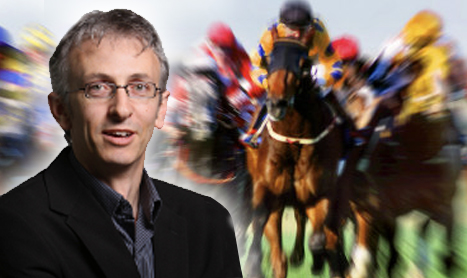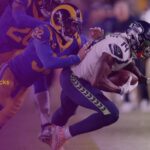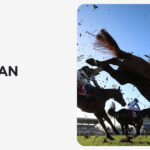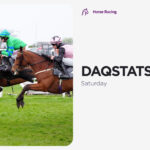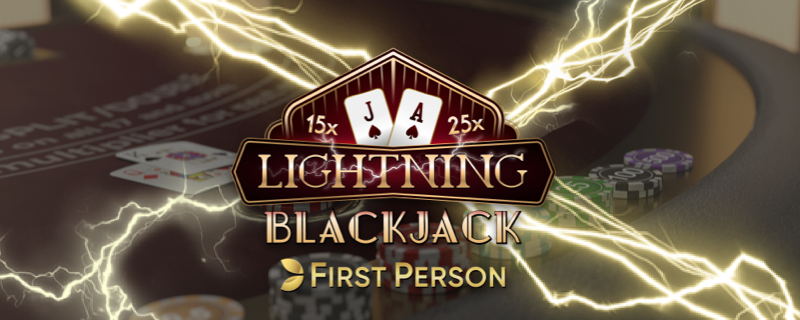It is not correct to say that draw biases on straight tracks are things of the past. On the contrary, where a horse is drawn is still a significant influencing factor on where he finishes. However, the nature of draw biases on straight tracks has changed. As clerks of the course the world over have become better at their jobs, as they have become more adept at producing consistent ground from the inside rail all the way to the stands, sometimes including the lawn in the reserved enclosure, draw biases have generally morphed from a ground bias into a pace bias.
It is an important distinction. Ground biases still exist, of course, but it used to be the case that all you had to do was figure out where the fastest ground was in the straight and where the slowest ground was before the majority of other punters did and, hey presto, you had an angle.
Not any more. At the big meetings in particular, the Grade 1 tracks, the tracks on which the majority of these big-field straight-track races are run, those straight-track races in which the draw does play a major role, the ground is generally consistent from rail to rail. So no draw angle in the ground.
There is a draw angle in the pace of the race though, no question. That is why you have the apparent draw bias changing from meeting to meeting, from day to day during the same meeting, and even from race to race on the same day, and that is why you have some pundits throwing up their hands and deciding that they are not going to factor the draw into calculations at all.
That is precisely why there is a draw angle now. You only have an angle when most people aren’t doing it.
It is different, of course, if you are betting ante post. You don’t know where any horse is drawn, nobody does, so you concentrate on finding the horse who you think is most over-priced in the likely conditions. When it comes to the day-of-race market, however, if you can determine what area of the track is likely to be favoured by the draw because of a pace bias, then, because relatively few punters are even thinking of a pace bias, you have an angle.
The more early pace there is in one section of the draw, the better chance horses from that section of the draw have. I’m sure the people who analyse this kind of thing have different methods of assessing the pace bias, but here is mine. I take each horse’s last five runs, give them a rating based on the early positions that they adopted in each of those runs, weighted according to recency, and work out an overall pace figure for each horse. It’s basic Excel stuff. Then I figure out the average pace ratings for different sections of the draw, and determine from that if there is a pace angle.
All very fine in theory.
Take today’s Summer Double International Handicap, 29 runners down Ascot’s straight seven-furlong track. My average pace figure for the horses drawn in the lowest 15 stalls is 3.37, my average pace figure for those horses drawn in the highest 14 stalls is 3.13. Not so much of a difference, you might think. And you would be right.
However, if you divide the field into three sections instead of two – which is not an outlandish thing to do, given that a 29-runner field often splits into three groups on Ascot’s straight track instead of two – the results are significant. Those drawn in the lowest 10 stalls have an average pace figure, on my ratings, of 3.69, those in the middle 10 stalls have an average figure of 3.25, and those horses drawn in the highest nine stalls have an average pace figure of 2.79. Now that is significant.
The only potential pace horses drawn high are Bannock in stall 27 and Bronze Prince in stall 20. There is no other real pace angle from stall 18 up. This means that there is a chance that those horses drawn high will not go fast enough, that they will lose so much ground on those horses drawn middle to low in the early stages of the race that they may not be in a position to mount a challenge in the latter stages.
By contrast, there is lots of potential pace drawn low. Highland Colori (stall 1), Van Ellis (stall 3) and Joe Packet (stall 4) for starters. In fact, nine of the 10 horses drawn in the lowest 10 stalls have a pace figure that is greater than the average for the field on my ratings. It may not work out as the figures suggest it will, it doesn’t always work out as the figures suggest it will, but the probability is that low-drawn horses will be favoured in this race.
I backed Lightning Cloud ante post during the week, and I am very happy with his draw in stall 10. (Hope Amy Ryan turns to her right out of the stalls and not to her left, takes a lead from the low-drawn horses.)
I am a little worried about the form of the Kevin Ryan horses, but Lightning Cloud has everything else in his favour – track, ground, distance, time of year, big field, fast pace – and I am happy to take a chance on the trainer’s form at the price. Lighting Cloud was unlucky with the draw in the Victoria Cup on his penultimate run, the six furlongs of the Wokingham was just too sharp for him on his latest run, and I am sure that there is a big prize like this in him off his current mark of 94.
Did you know that as well as checking the realtime prices on BETDAQ below – you can also log into your account and place your bets directly into BETDAQ from BETDAQ TIPS.

